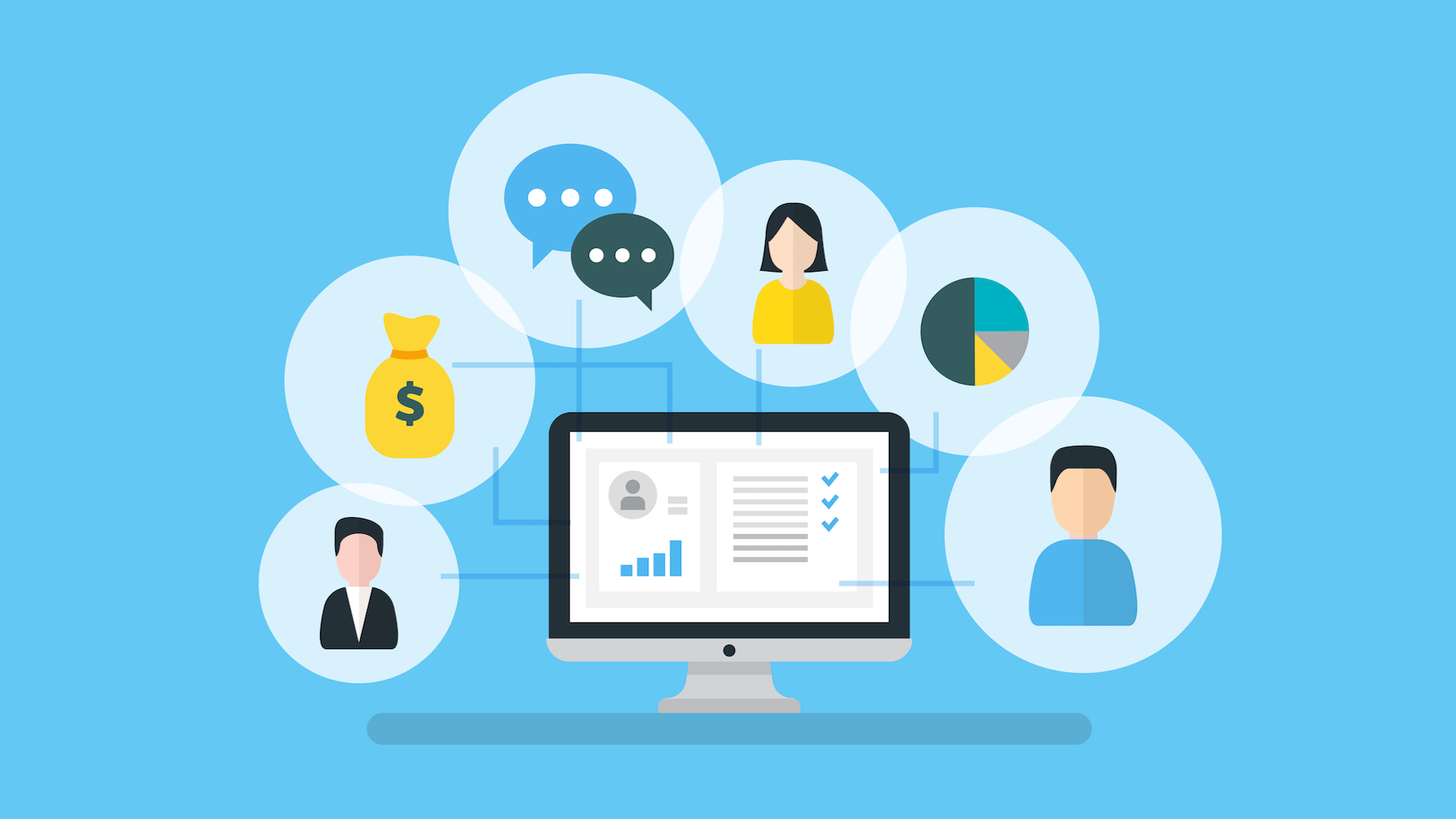At Real Story Group, we’ve been evaluating customer data platform (CDP) technology on behalf of enterprise buyers for more than four years now. Initially, we saw a wave of early adopters making hasty decisions both to license this type of technology and pick a vendor. As you can imagine, many of those early partnerships didn’t work out so well. Now I see a somewhat different phenomenon: enterprises wanting to select a CDP but feeling more cautious about it.
In general, that’s a good thing. You want to make sure you have the right technology, platform fit and supplier fit, especially for something foundational to your stack. So take your time, and do it right. Here’s how.
Get the daily newsletter digital marketers rely on.
Understand the marketplace
It’s an understatement to describe the CDP market as “fragmented.” RSG evaluates nearly three-dozen vendors, with more added each quarter. This breadth speaks to the rising tide of interest that’s floating so many boats and the breadth of capabilities that potentially fall under the CDP label.

There are, of course, many ways to slice and dice any tech marketplace. Perhaps the biggest distinction among CDPs is how a platform is more engagement-oriented than data processing-oriented. Or, roughly speaking, a business versus infrastructure platform (more about that below).
We separately break out the biggest “suite-dependent” vendors into a separate category because our research finds they carry the most significant risk for you. This is not unusual in martech.
Understand your architecture
Indeed, that breadth of potentially available capabilities – reaching from deep-tunnel data routing, cleaning and transformation, possibly to more front-end services like email messaging and real-time personalization – makes the CDP marketplace unusually wide.
So what matters here is the specific set of services you want to render unto a CDP, and which you want to (or already) accommodate somewhere else. Consider this handy chart from my colleague Apoorv in his recent MarTech piece.

In that article, Apoorv analyzes various build vs. buy scenarios but concludes that your customer data modernization journey will include ample build and buy for the typical enterprise. Budget accordingly.
Prioritize your scenarios
Explicitly or not, vendors tend to focus on a limited set of use cases imprinted with new technology and then persist as true strengths. It’s not like you can’t stretch a platform to go where it doesn’t want to, but that takes time, money and scarce developer talent. So you want to make sure that your use case priorities align with your CDP vendor’s strengths.
Below find ten canonical scenarios that RSG uses when critically evaluating CDP solutions. Again, vendors will argue they’re good at many if not most of these. Pro tip: the typical CDP vendor is only good at three or four.

And while you’re at it, make sure to catalog your true internal capacity to leverage this new platform – particularly around customer data unification and identity resolution, which in many cases will need to take place underneath any packaged CDP solution.
Take an agile approach
CDPs represent modern technology, so you should take a modern, non-waterfall approach when selecting one. You can read more about this agile approach from an earlier column, but for now, I’d like to stress the importance of testing any platform before you go ahead and license it.
Sometimes, when working with large enterprises, team members are surprised that they can test-drive martech platforms in general and CDPs in particular. Well, you can, and you should! If a vendor pushes back, drop them from your list. We like to structure week-long sprints with ample business and technical training, ideally separately with two finalists – a.k.a., a competitive bake-off.
This is easier to do with a CDP than you might think, though it does take some work. Compare that level of effort with the cost of making a bad choice. Also, bake-offs are going to foreshadow the potentially ample organizational change you’ll need to effect for success in any CDP deployment.
Negotiate hard
In any martech procurement, you should negotiate early and often, and not just when you’re down to a single finalist (and have therefore lost much leverage). Unfortunately, over the past year at RSG we’ve seen substantial shifts in CDP vendor pricing. The short story is that it’s becoming more complicated and more usage-based.
This can lead to strange conversations where vendors ask you to calculate fairly fine-grained usage projections long before you’re prepared. As usual, I’ll encourage you to push back. Ask for a menu of prices and flexible fee structures that align more with value than data throughput.
This is a hot space, so vendors lead with more aggressive pricing. But even more so, in this young market, vendors want to grow quickly and gain share. Negotiate aggressively.
And let me know how it turns out!
Real Story on MarTech is presented through a partnership between MarTech and Real Story Group, a vendor-agnostic research and advisory organization that helps enterprises make better marketing technology stack and platform selection decisions.
Opinions expressed in this article are those of the guest author and not necessarily MarTech. Staff authors are listed here.















![YouTube Ad Specs, Sizes, and Examples [2024 Update] YouTube Ad Specs, Sizes, and Examples](https://articles.entireweb.com/wp-content/uploads/2024/06/YouTube-Ad-Specs-Sizes-and-Examples.jpg)
















You must be logged in to post a comment Login